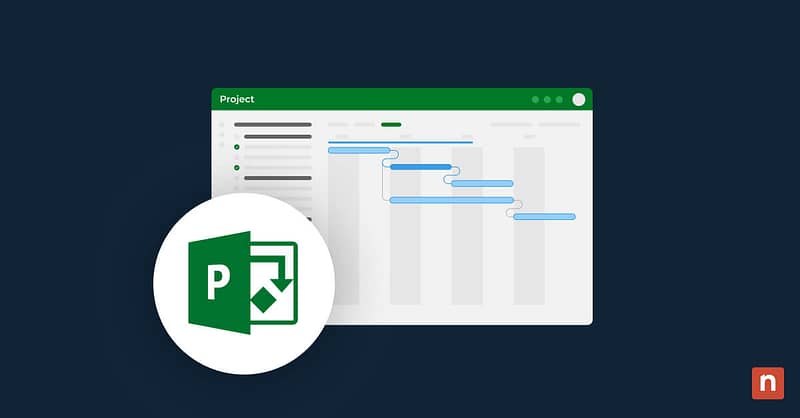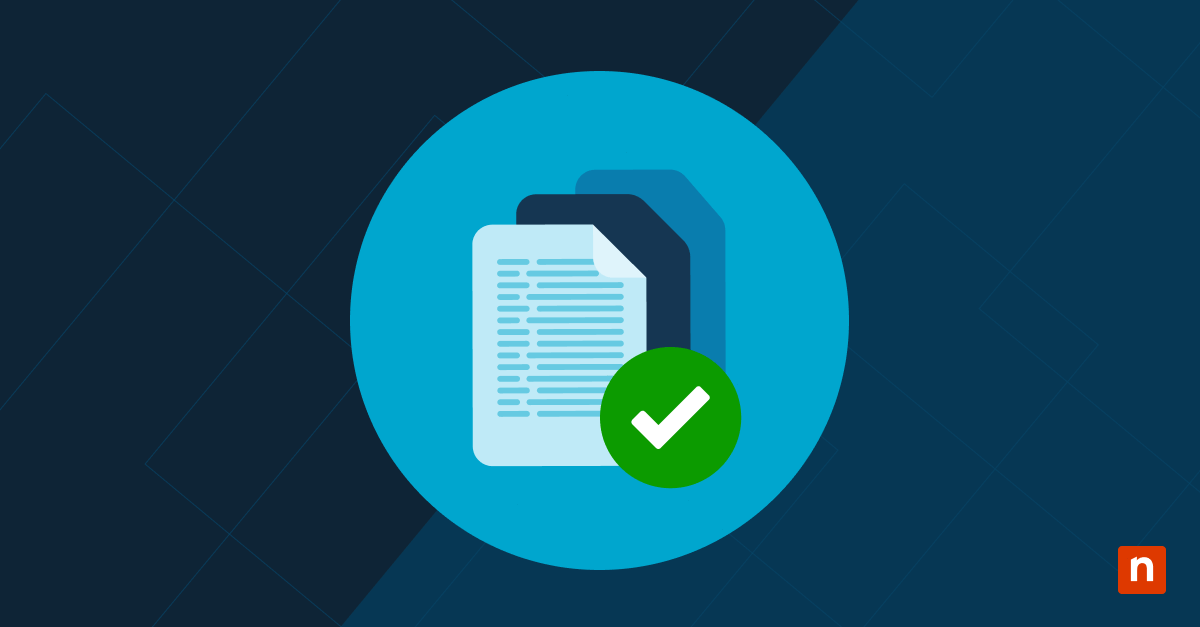Key Points
- Microsoft Project is a project management software by Microsoft used to plan, schedule, and manage tasks, resources, and timelines for complex projects.
- Microsoft Project offers perpetual licenses (Standard, Professional, Server) for on-premise use, and cloud-based subscriptions (Plan 1, Plan 3, Plan 5) for scalable, collaborative project management. Pricing starts at $679.99 for Project Standard 2024 (one-time license), while cloud-based plans range from $10 to $55 per user/month with a 30-day free trial.
- Key features include Gantt charts, task dependencies, resource allocation, Agile support, reporting dashboards, and integration with Microsoft 365 tools.
- Microsoft Project is suitable for enterprises and growing businesses managing complex workflows, while Asana, Trello, and Jira offer simpler task and Agile-based alternatives.
- Microsoft Project supports Agile methodologies, including Kanban and sprint planning, and is best suited for project managers needing detailed planning, resource control, and enterprise-grade reporting.
Microsoft Project is a popular tool that helps organizations manage their projects easily. It is a staple in project management, especially because of its powerful features and user-friendly interface. But is it the right tool for you?
This article aims to provide a comprehensive overview of Microsoft Project, offering information on its features, applications, licensing, pricing, and user reception.
What is Microsoft Project?
Microsoft Project, also known as MS Project or Project Professional, is a project management software developed by Microsoft, designed to assist in tracking and executing projects. It provides a platform to create project plans, schedule tasks, allocate resources, and monitor projects. The software includes convenient and flexible features such as Gantt charts, project calendars, and collaboration tools, making it a valuable tool for project management.
Configure Windows devices to meet your needs and optimize processes.
Key features and capabilities of Microsoft Project
Microsoft Project boasts a range of features that help project managers streamline their workflows and support agile project management efforts.
Its notable features include:
Task and resource management
- Creation of detailed project plans
- Setting milestones
- Efficient task assignment among team members
Timeline and project tracking
- Gantt charts: a visual representation of project status that aids in effective project management
- Chronological views
- Real-time updates on task completion
Reporting and analytic capabilities
- Robust reporting capabilities, including the ability to analyze workloads, costs, and project health, and provide valuable insights into project progress and performance
- Customizable reports to track performance and status
- Easy-to-understand dashboards that allow project managers to identify bottlenecks
Collaboration tools
- Shared project data that enables team coordination
- Microsoft 365 tools integration
- Cloud-based project access for remote teams
Collectively, these features enable project managers and teams to break down large initiatives into manageable tasks, identify and resolve project
What is Microsoft Project used for?
Microsoft Project is used across diverse industries and project types. It is widely used for project planning, scheduling, and project team management. From construction projects and product development to event planning and IT implementations, Microsoft Project adapts to various scenarios, making it an extremely versatile tool.
Microsoft Project versions and licensing
Microsoft Project comes in several different versions, catering to various user needs.
Here’s a quick rundown of the different Project versions available:
| Plan or Edition | Price | Model | Deployment |
| Plan 1 | $10/user/month | Monthly subscription | Cloud-based |
| Plan 3 | $30/user/month | Monthly subscription | Cloud-based |
| Plan 5 | $55/user/month | Monthly subscription | Cloud-based |
| Project Standard 2024 | $679.99 | Perpetual licensing (one-time purchase) | On-premises |
| Project Professional 2024 | $1,129.99 | Perpetual licensing (one-time purchase) | On-premises |
| Project Server | Varies | Perpetual licensing (one-time purchase) | On-premises |
Businesses can choose between the perpetual licensing model associated with traditional client-server deployments and subscription-based models associated with the cloud for Microsoft Project. Perpetual licensing grants users a one-time purchase, while subscription-based licensing offers a more flexible, pay-as-you-go approach. Considerations such as the size of the organization, project complexity, and collaboration needs play a role in choosing the most suitable licensing option.
Currently, there are three perpetual licensing options offered by Microsoft:
- Project Standard 2024: priced at $679.99 and offers on-premise project management with no additional features
- Project Professional 2024: priced at $1,129.99 and offers a comprehensive on-premise project management solution
- Project Server: prices may depend on your needs, but it provides a scalable on-premise project management solution
The cloud option is more popular, with client-server deployment being more suited to high-security operations. Versions here are expressed as plans – Plan 1 is the introductory tier, with basic features accessed via a browser and the lowest price ($10/user/month). Plan 3 adds resource management, a desktop client, and access to other Project versions for $30/user/month. Plan 5 is the top tier, designed for enterprise use at scale and including all features at $55/user/month.
All have a free one-month trial available for evaluation purposes. Of course, prices are subject to change, and can be checked with Microsoft here.
Installing Microsoft Project
Installing Microsoft Project is a straightforward process. Users can buy physical media, download it directly from the Microsoft website, or install it through the Microsoft 365 platform, depending on the version chosen. The installation wizard guides users through the process, ensuring a seamless setup. System requirements are in line with the rest of the Office suite, requiring no more than a 1Ghz CPU, 4GB of RAM, and 3GB of available disk space.
The most recent version of Microsoft Project is equipped with advanced features and improvements. It reflects Microsoft’s commitment to staying ahead in the dynamic field of project management software.
User reception of Microsoft Project
User reviews and testimonials provide valuable insights into the real-world performance of Microsoft Project. Gartner user reviews give Microsoft Project 4.3 stars out of 5, with 80% of reviewers recommending the product. Users like Microsoft Project’s time and resource management capabilities, and they mention calendar function and reporting, which help monitor projects effectively. Criticism leveled at Microsoft Project includes the lack of enhancements and improvements made to the platform over the years.
Pros and cons of using Microsoft Project
If you’re considering using Microsoft Project, here are some pros and cons to keep in mind:
Pros
✅ User-friendly interface
✅ Seamless integration of Microsoft 365 application
✅ Ease of use
✅ Powerful project management features
✅ Users cite its contribution to successful project outcomes
Cons
❌ Steep learning curve, especially for new project management tool users
❌ Some organizations may find the pricing too costly, especially for larger teams
Comparing Microsoft Project to other project management tools
Microsoft Project competes in a crowded field of project management tools. Comparisons with alternatives such as Asana, Trello, or Jira can help businesses make informed decisions based on factors such as ease of use, scalability, and specific feature sets.
Here is a quick table comparison of Microsoft Project vs other project management tools:
| Project Management Tool | Key Features | Integrations | Pricing (as of 2025) |
| Microsoft Project |
| Seamless integration with Microsoft 365 | Subscription-based model:
Perpetual licenses available |
| Asana |
| Strong integrations with third-party apps | Subscription-based model:
Free basic plan (Personal) available |
| Trello |
| Power-Ups add integrations and advanced features | Subscription-based model:
Free plan available |
| Jira |
| Seamless DevOps and CI/CD integrations | Subscription-based model:
Free plan for 10 users available |
- Microsoft Project is known for creating detailed project plans – defining tasks, setting dependencies, and establishing timelines. The software enables efficient resource allocation, helping project managers optimize team productivity and balance workloads. Gantt charts allow for a clear overview of project timelines and dependencies, and integration with Microsoft 365 facilitates seamless collaboration, enabling team members to work together in real-time.
- Asana excels in task management, providing a user-friendly platform for creating, assigning, and tracking tasks. Strong collaboration features allow team members to communicate, share files, and work together on projects, and visual timelines help users understand project schedules and dependencies. Various third-party application integrations enhance functionality.
- Trello is known for its ease of use, as well as for its intuitive Kanban-style boards, allowing users to create task cards and move them through different stages. Trello fosters collaboration with features like comments, file attachments, and due dates. Power-Ups provide additional functionality by integrating with third-party apps.
- Jira offers powerful issue-tracking and project management capabilities, and users can create custom workflows to match their unique project processes. Particularly suited for software development projects, Jira integrates seamlessly with popular DevOps tools and supports agile methodologies with Scrum and Kanban boards.
Regarding pricing, Microsoft Project’s pricing varies based on licensing options and versions as above, offering flexibility for different business needs. Asana, Trello, and Jira have tiered pricing plans based on features and the number of users, with free options available.
Businesses should consider their specific project management requirements, team collaboration needs, and budget constraints when comparing these tools. The choice often depends on the nature of the projects, team preferences, and the scale of the organization. Each tool has its strengths, and the best choice is made by identifying the specific needs of the business and aligning these with the strengths of the project management tools available.
Curious about MS Project? Watch what is Microsoft Project? to understand its benefits.
Improve efficiency by understanding two different approaches to project management.
📖 Read our analysis of “Agile vs Waterfall“.
Why choose Microsoft Project?
Microsoft Project is a powerhouse of a project management tool, offering a comprehensive suite of features to facilitate efficient project planning, tracking, and execution. Its versatility, coupled with the familiar user interface of the Office suite, make it an easy choice. While it may be the most fully featured of the project management tools, it is also the most costly, yet a range of versions and licensing options are available to suit businesses of all sizes and industries.
Unlock better planning and project execution with Microsoft Project
Microsoft Project enables project managers to navigate complex projects with confidence. The latest versions provide users with modern project, resource, and time management features to enhance their organizational and leadership skills. As organizations strive for efficiency and success in their projects, Microsoft Project remains a valuable ally, contributing to improved project outcomes and business success. Embracing and implementing Microsoft Project can elevate project management practices, ensuring businesses stay ahead in today’s dynamic and competitive commercial landscape.








